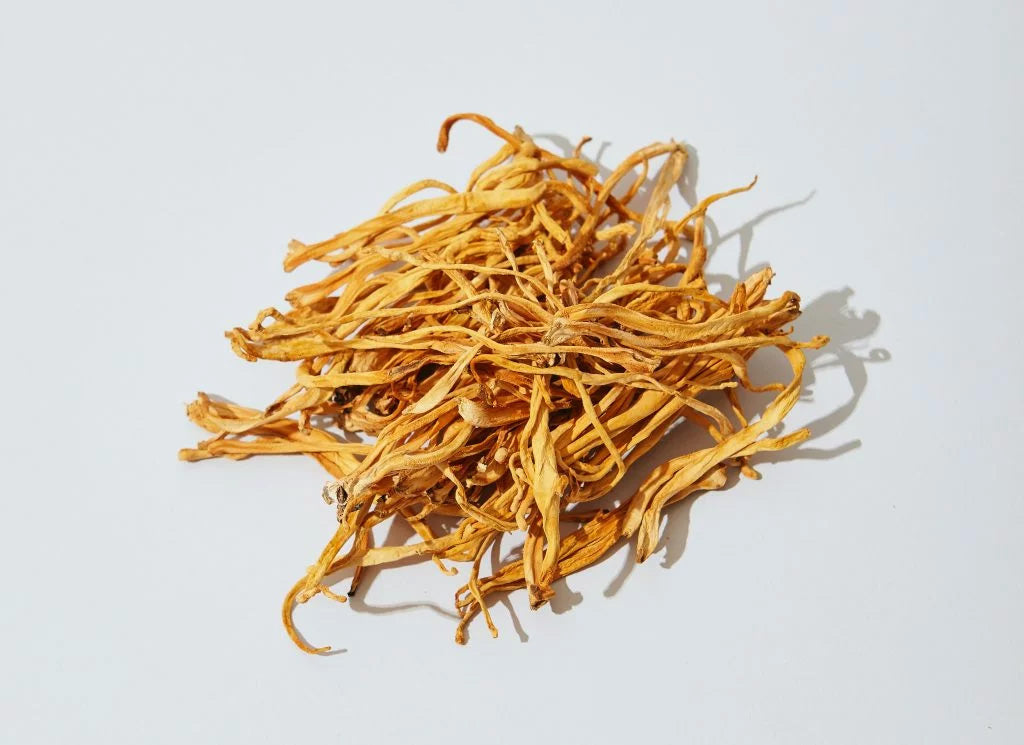What is cordyceps?
Cordyceps is a species of fungus that lives on caterpillar larvae. It has been used in traditional Chinese medicine (TCM) for millennia to relieve weariness, cough, sexual drive, kidney function, and weakness following a severe illness. More than 750 cordyceps species have been recognized in total. Scientists have identified at least 35 of them as having possible health advantages and therapeutic qualities.
Here are some things you should know about cordyceps, including possible advantages, possible drawbacks, and wholesome methods to include them in your diet.
Health Benefits of Cordyceps
Improve Athletic Performance
Supplements containing cordyceps are common among sportsmen. It is thought that the fungus enhances blood flow, boosts oxygen uptake, and acts as an antioxidant to improve sports performance. In one research, 28 participants were given a combination of mushrooms that included cordyceps and were tracked for three weeks while engaging in high-intensity exercise. The VO2 max, which measures the amount of oxygen your body takes in and consumes during exercise, significantly improved in that research.
Decrease Inflammation
According to the findings of many studies, cordyceps have a bioactive substance called cordycepin. This can reduce inflammation brought on by hepatitis, Parkinson’s disease, rheumatoid arthritis, asthma, and other conditions. Indeed, cordycepin has been discovered to have promise as a nutraceutical—a dietary item with health benefits. According to lab research, obesity—a disorder frequently linked to persistent low-grade inflammation—may benefit further from cordycepin and cordyceps polysaccharide.
Anti-aging properties
Age-related illnesses including dementia, arthritis, and cancer are mostly caused by oxidative stress, which is the body’s imbalance between free radicals and antioxidants.
Cordyceps components, such as cordycepin and polysaccharides, are known to have powerful antioxidant effects. By interacting with and neutralizing free radicals, antioxidants shield the organism from oxidative stress.
How to Consume Cordyceps
Cordyceps fungus was costly, hard to come by, and not extensively utilized for many years. Even though wild cordyceps are still difficult to find today, scientists have managed to artificially replicate them in the lab, increasing their public availability.
Supplements seem to provide the same advantages as wild species and are now available at much more reasonable costs from the majority of health food stores and internet vendors.
The most common forms of cordyceps include tablets, capsules, and powder. While choosing cordyceps powder can allow you to experiment and include cordyceps in some of your favorite dishes, capsules or tablets can be a quick and handy method to get your daily dose.
The recommended dosage for cordyceps varies depending on the intended purpose, but most human studies have utilized 1,000–3,000 mg per day, which doesn’t seem to be linked to any typical negative effects. To cure a particular disease, see a herbalist or adhere to the dose recommendations on your cordyceps pill.

